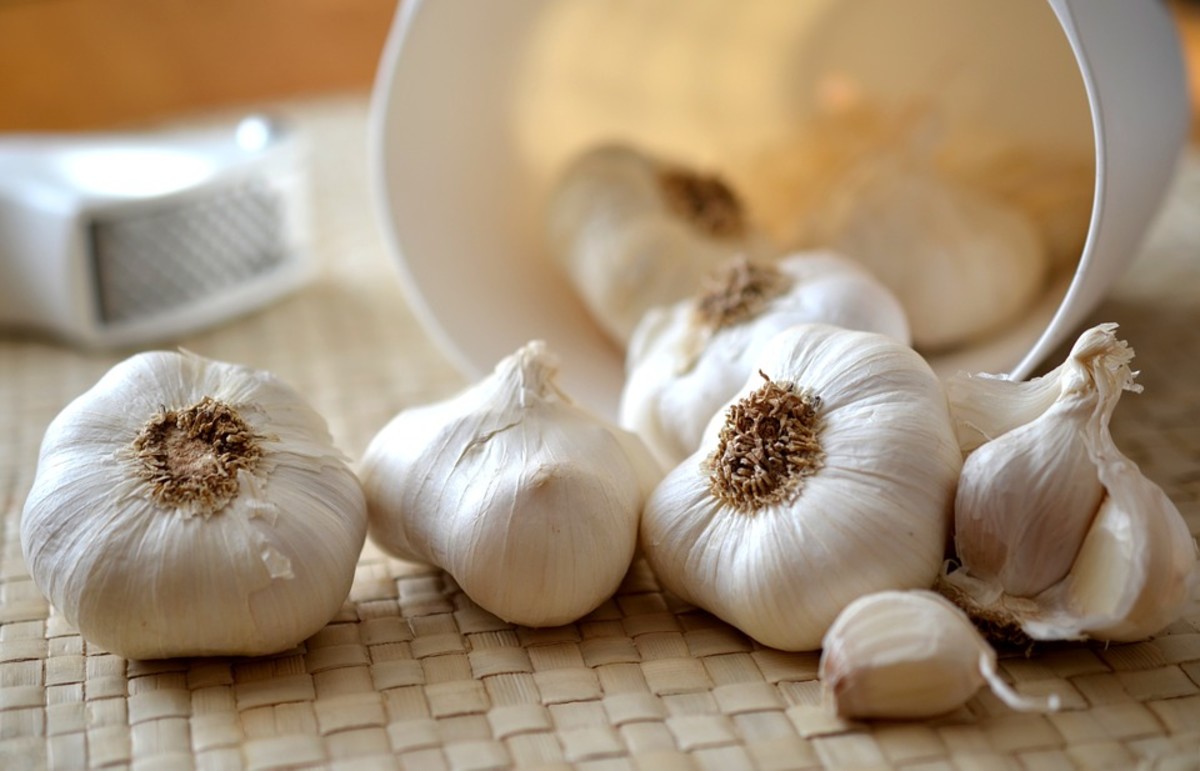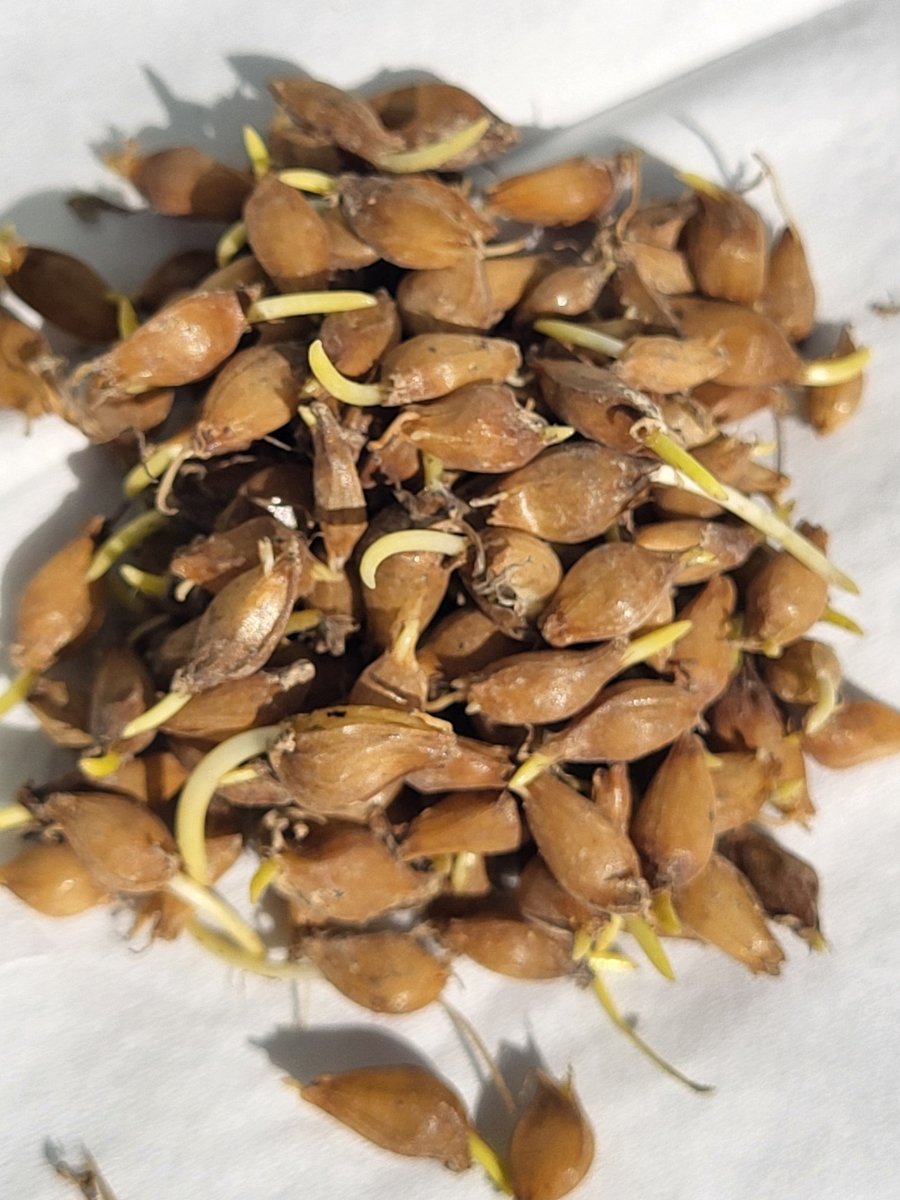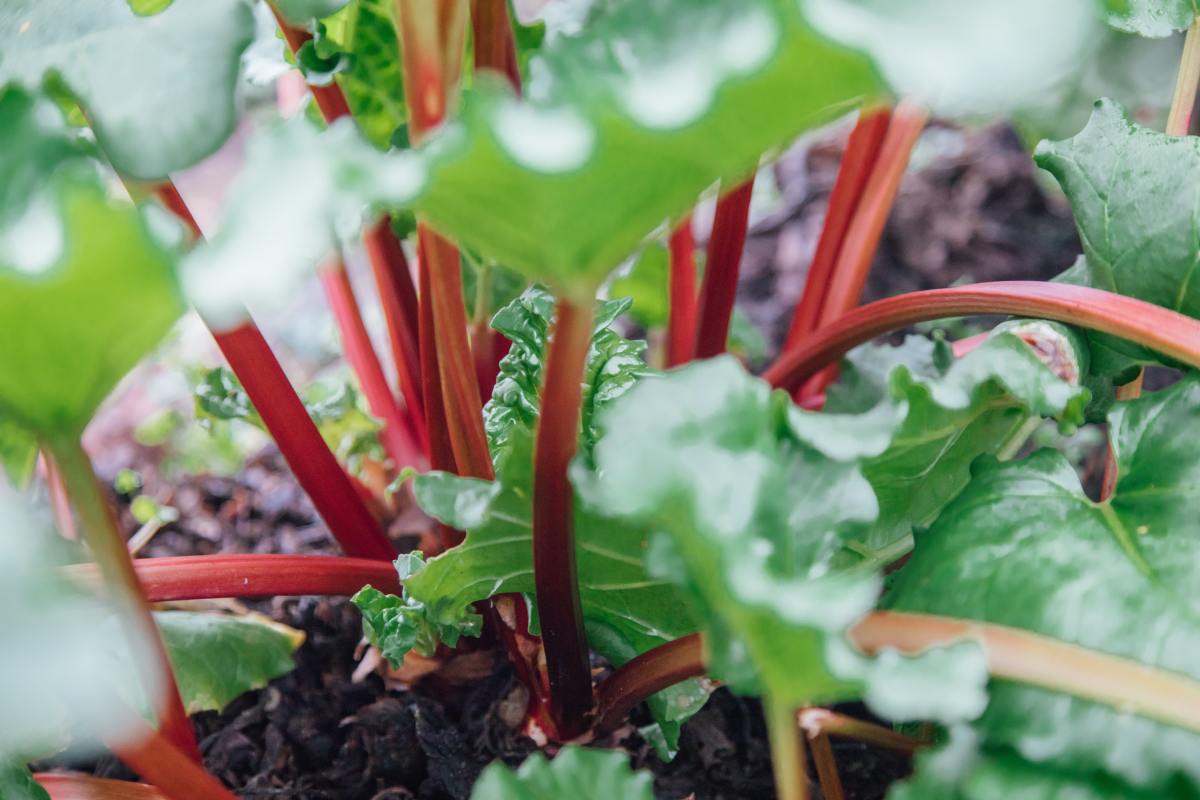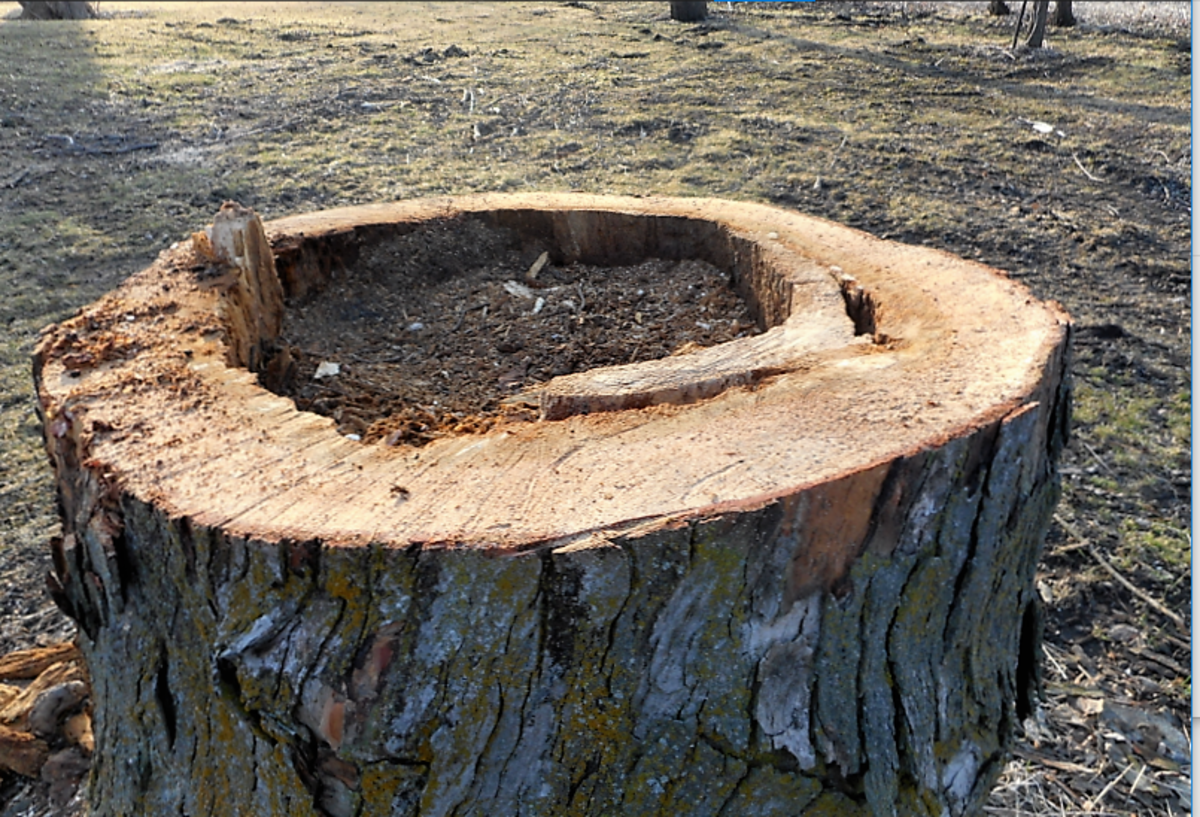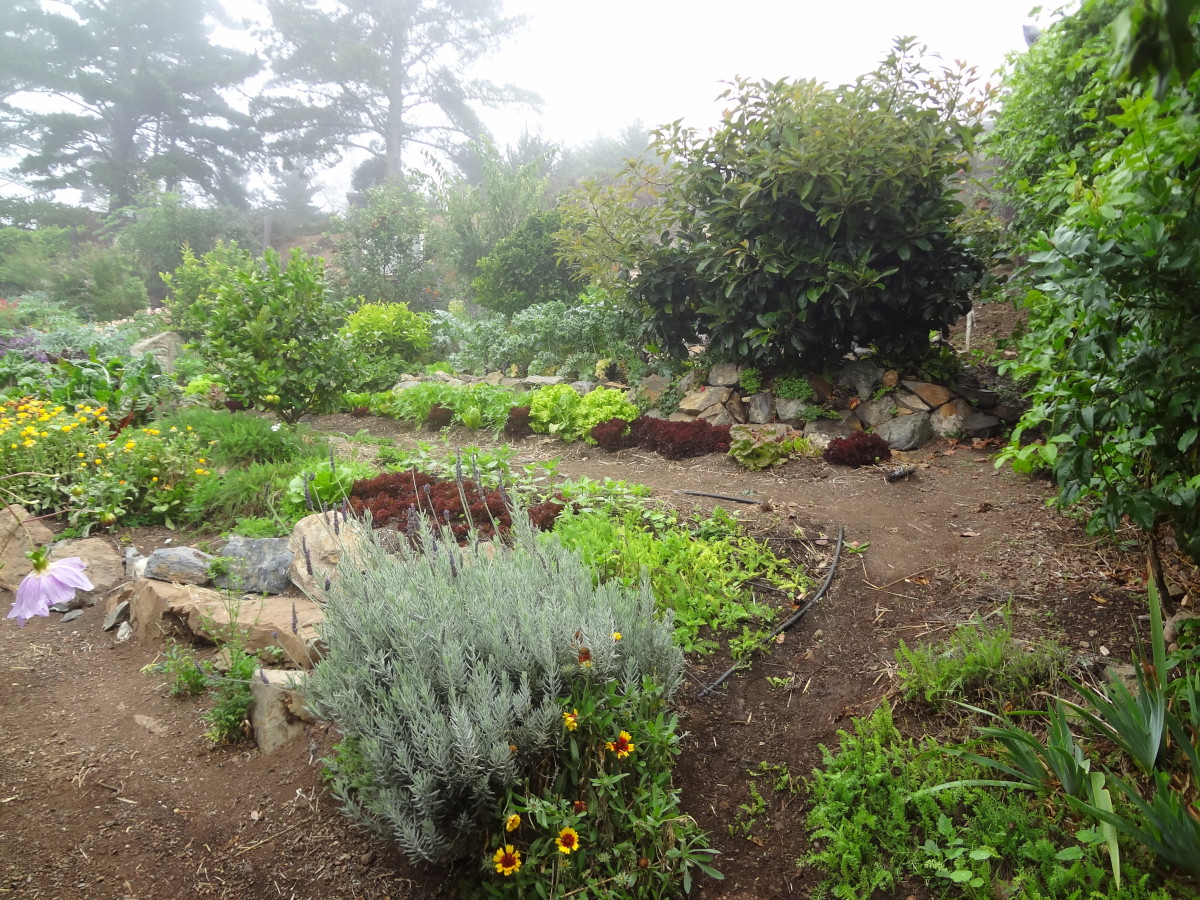- HubPages»
- Home and Garden»
- Gardening»
- Organic Gardening
Harvest Garlic From Your Own Home Garden
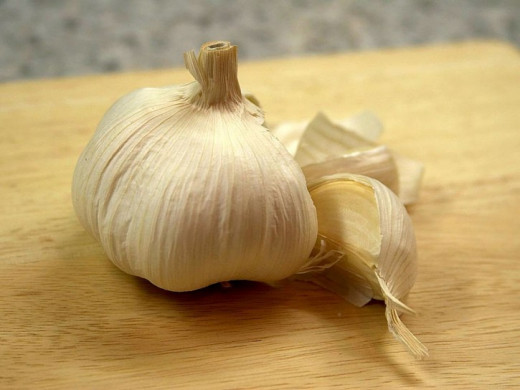
Garlic is Easy to Grow in the Off-Garden Season
Every gardener can harvest garlic from their own home vegetable garden and it is easy to grow if grown at the right time of year.
Garlic is best grown during the months when tomatoes and summer vegetables have vacated the garden space. In some areas, garlic can be harvested before these summer vegetables require space.
Garlic is an ingredient in many different dishes. Not only can we use garlic cloves, but we can use garlic greens or chives in cooking and salads as well. A juice made of garlic cloves and leaves can also be used as an insect repellent for the garden.
Types of Garlic
There are two types of garlic, the soft neck, and the hard neck. Hard neck garlic is also known as “seed stem” because, in the late spring just before bulb expansion, the plant shoots up a flower stem which you will need to remove if you want the best bulb yields. Hard-neck garlic yields larger cloves that taste better but will be hard to keep from sprouting in long-term storage. Soft-neck garlic will store better, is easier to grow in warmer climates, and has a slightly higher yield than hard-neck garlic. The cloves in soft-necked garlic cloves are more difficult to divide. Most garlic found in grocery stores is the soft-neck variety.
.
At A Glance: Growing Garlic
Plant garlic in the fall rather than in the spring. Plant when you would plant spring flowering bulbs like daffodils, crocuses, and tulips.
Planting depth: 1-2 inches deep
Distance between plants: 1-2 inches apart.
Mulch after planting to stabilize winter ground temperatures.
In spring, remove seed heads as they develop so that the bulbs will continue to grow.
Harvest when leaves begin to turn brown. Easiest to braid when some green remains on the stems.
Locating Garlic for Planting
Garlic seeds can be bought in many places, but for best results, garlic propagation is best and easiest by planting bulbs. Do not think that you can use soft-neck garlic from the grocery store, plant it in your garden, and have garlic. It has been treated with an anti-sprouting chemical. You could do as I did and go to the local farmer’s market and picked up hard-neck garlic and grow it successfully in your garden. Nevertheless, for the best results, I recommend you get your first garlic from a reputable seed company. There are many, but here are a few links to get you started:
Burpees http://www.burpee.com/vegetables/garlic/
The Garlic Store http://www.thegarlicstore.com/categories/Planting-Stock/Hardneck%7B47%7D-Rocambole/
Grey Duck Garlic http://greyduckgarlic.com/Buy_Organic_Garlic.html
When and Where to Plant Garlic
The best time to plant garlic is in the autumn after your first frost, but before your first big freeze, about the time you would plant your early spring flowering bulbs like daffodils or tulips. Spring-planted garlic does not do as well as garlic planted in the autumn.
Rather than planting Garlic in a garden bed that was recently vacated, build a new bed that you construct during the growing season. Garlic grows best in deep rich soil and in the full sun. To build a new bed, begin in the early spring. On a day when the wind is calm (0-5 mph), create a 4x8 foot box with untreated lumber or brick or stones in which to plant your autumn garlic. You may loosen the soil inside the box, but you don’t have to do that. Simply lay out a thick layer of newspapers or cardboard at the bottom of the bed and cover it with yard waste such as leaves and small sticks to hold the newspapers or cardboard in place. Water thoroughly. During the growing season, dump all your household garbage into the bed throughout the summer. Also, add any soil left from transplanting other plants into the garden. Cover household garbage with purchased soil, and keep it well watered. Add grass clippings (never use grass clippings from the yard if you use herbicides or pesticides in your garden) throughout the lawn-mowing season. The materials you add will decompose during the summer. Stop adding new materials around when summer is about half over so that the compost will have time to decompose before you plant. Be sure to keep your bed well-watered. Fill up the garden bed with soil about two weeks before you intend to plant. Never walk on the garden bed.
How to Plant Garlic
When you are ready to plant, select large healthy cloves and press the cloves into the soil. Space them about 4 to 6 inches apart in all directions. Plant your garlic about 1-2 inches deep. Plant the bed completely with garlic. Be sure to plant the garlic with the root end down. A 4x 8-foot bed will produce enough garlic for eating and canning to last a family of four for a year.
When your ground is frozen, provide mulch to the garlic bed. I like to mulch my garlic bed by using autumn leaves that have been run through the lawn mower. This mulch will help prevent frost from heaving the garlic and will prevent weeds from going in the spring.
After the leaves begin going again in the spring, be sure to provide the garlic with extra water during dry periods. Keep garlic bed weed free by weeding the bed regularly.
How to Harvest and Use Garlic
Once the leaves begin to turn brown, check the plants frequently. You want to be sure that you can get, as much growth from your plants, but you do not want to leave it in the ground so long that the bulb shatters reducing the storage ability of the garlic. Cure the garlic in a hot dry dark place that has good circulation for a few weeks. Trim roots and neck or braid if you wish. (Begin next year’s garlic garden bed in the same way that you did this one.)
Use any bulbs that shattered first. This garlic is good for use in canning and pickling. Save the biggest of the garlic cloves that do not store well to plant your next year’s garlic crop. They are fine for this purpose. Garlic can be replanted year after year without difficulty.
Garlic Medicinal Fact and Folklore
- Garlic Medicinal Fact and Folklore
This member of the onion family, (allium sativum) has a distinguished history, packed with nutrients, provides a powerful antioxidant, and contributes deliciously to a meal.
This content is accurate and true to the best of the author’s knowledge and is not meant to substitute for formal and individualized advice from a qualified professional.
© 2013 Cygnet Brown

